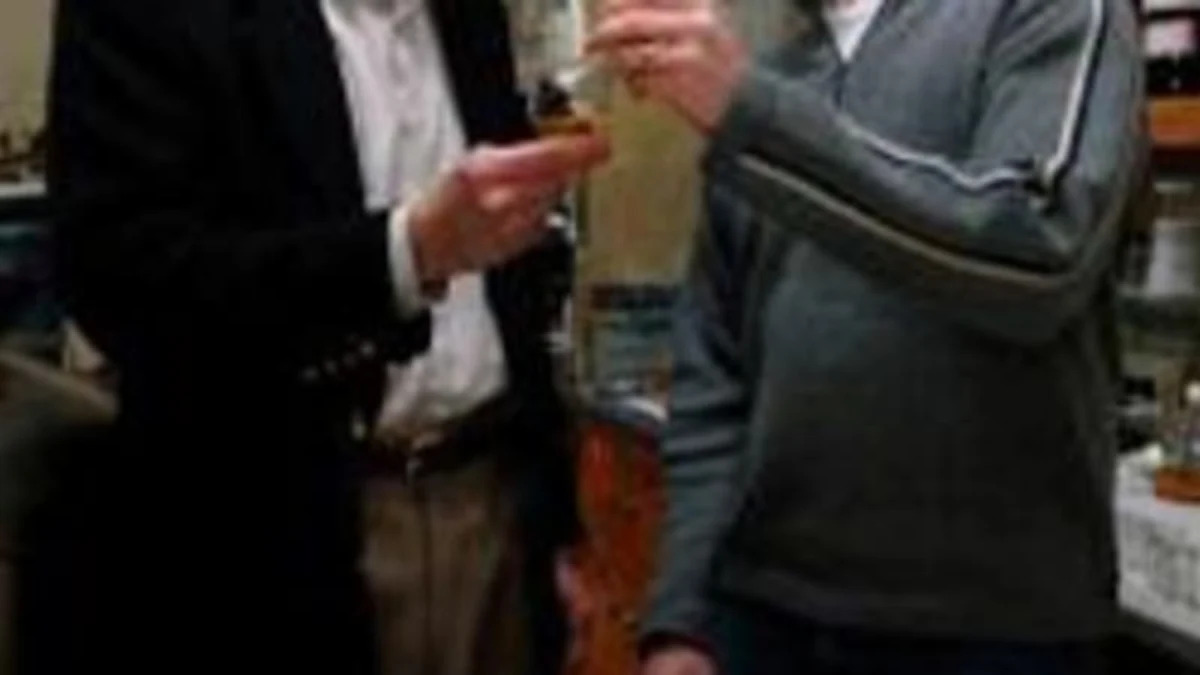About 40 years ago, Iowa State Chemistry professor John Verkade based his doctoral dissertation on a chemical compound, and only realized a few years ago that it may very well hold the key to breaking down the cellulose that forms the structure of a plant's cell walls.
The way the story goes is that Verkade had initially thought someone was joking around by repeatedly stealing a wooden stick from one of his beakers. Soon he realized that the stick wasn't being stolen by a prankster. It was being broken down by the compound it was sitting in. At the time he marked it up as an interesting observation and asked the university to consider a patent application, but the request was denied. Of course, this was well before the notion of cellulosic ethanol production was on the national radar.
It was George Kraus, a colleague of Verkade, who planted the seed in Verkade's head by suggesting that the compound could be used to break down the cellulose walls inside plants opening the door for cellulosic ethanol production. Verkade in turn sought funding and received a $125,000 grant from the Energy Department via the Midwest Consortium for Biobased Products and Bioenergy.
The initial results of his research were discouraging until they began treating the feedstock with equal amounts of the chemical compound and water. So far, they have been able to break down 85 to 95 percent of the cellulose. Currently, Verkade and Reed Oshel, an Iowa State graduate student, are working to develop a cheaper version of the compound.
[Source: Physorg.com]
The way the story goes is that Verkade had initially thought someone was joking around by repeatedly stealing a wooden stick from one of his beakers. Soon he realized that the stick wasn't being stolen by a prankster. It was being broken down by the compound it was sitting in. At the time he marked it up as an interesting observation and asked the university to consider a patent application, but the request was denied. Of course, this was well before the notion of cellulosic ethanol production was on the national radar.
It was George Kraus, a colleague of Verkade, who planted the seed in Verkade's head by suggesting that the compound could be used to break down the cellulose walls inside plants opening the door for cellulosic ethanol production. Verkade in turn sought funding and received a $125,000 grant from the Energy Department via the Midwest Consortium for Biobased Products and Bioenergy.
The initial results of his research were discouraging until they began treating the feedstock with equal amounts of the chemical compound and water. So far, they have been able to break down 85 to 95 percent of the cellulose. Currently, Verkade and Reed Oshel, an Iowa State graduate student, are working to develop a cheaper version of the compound.
[Source: Physorg.com]


Sign in to post
Please sign in to leave a comment.
Continue